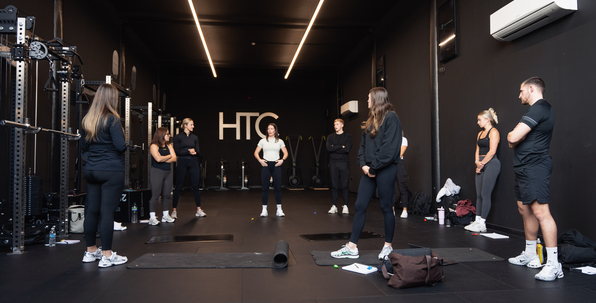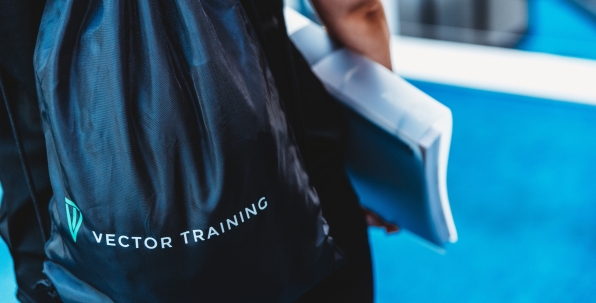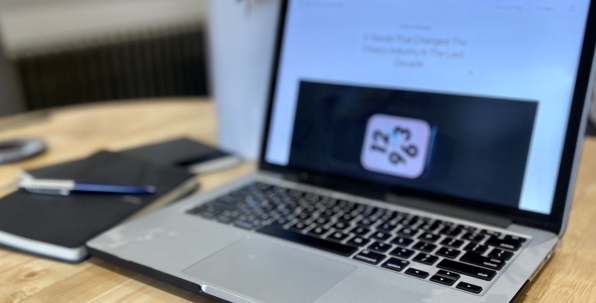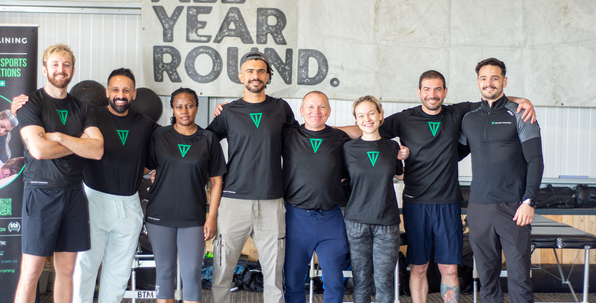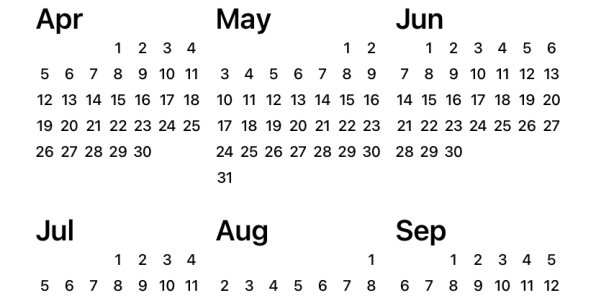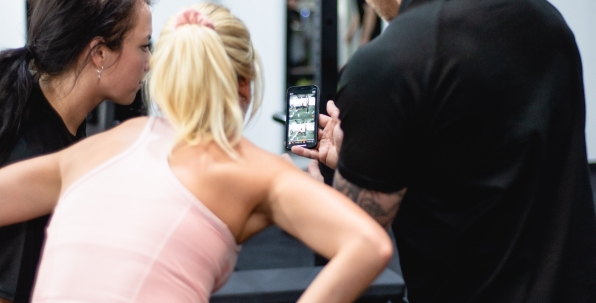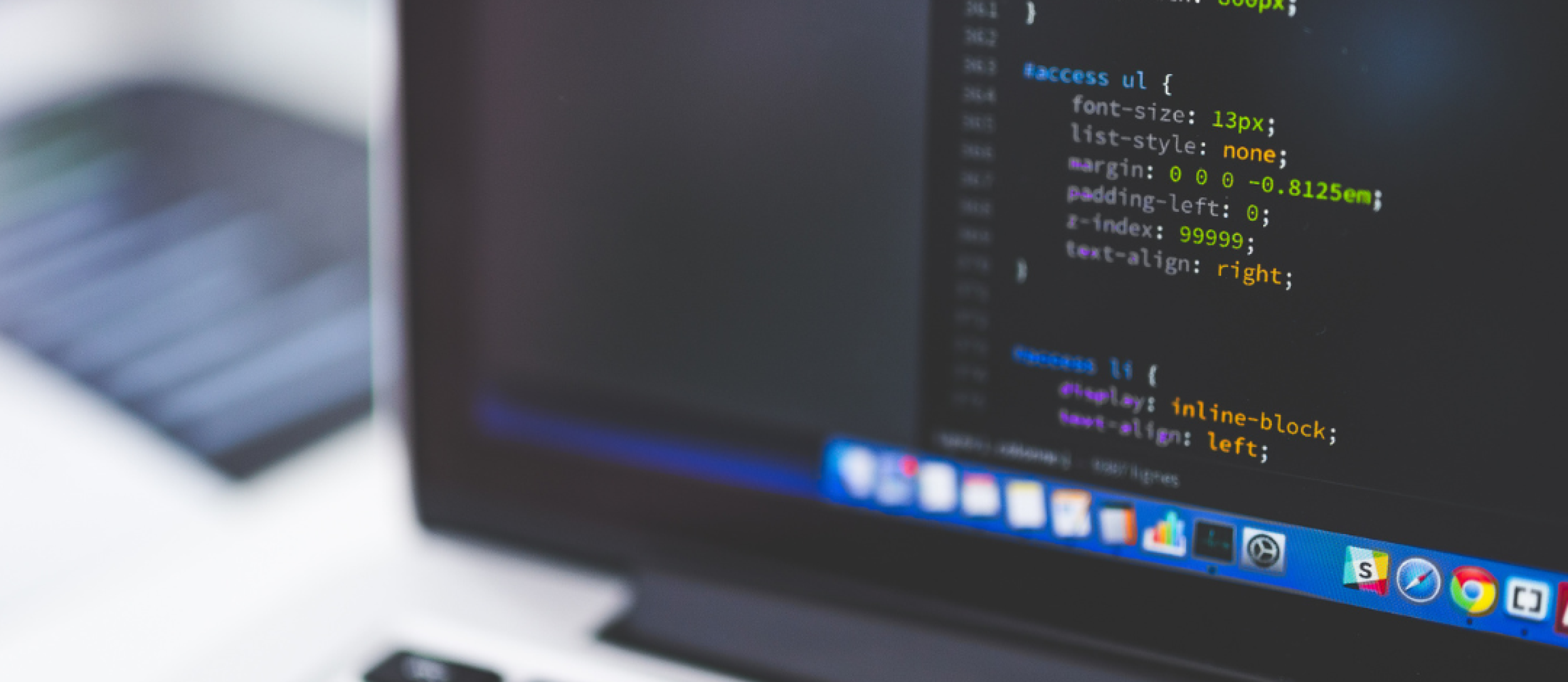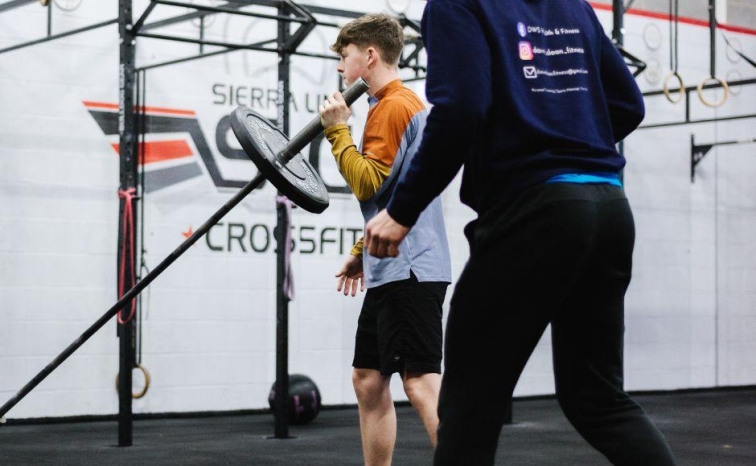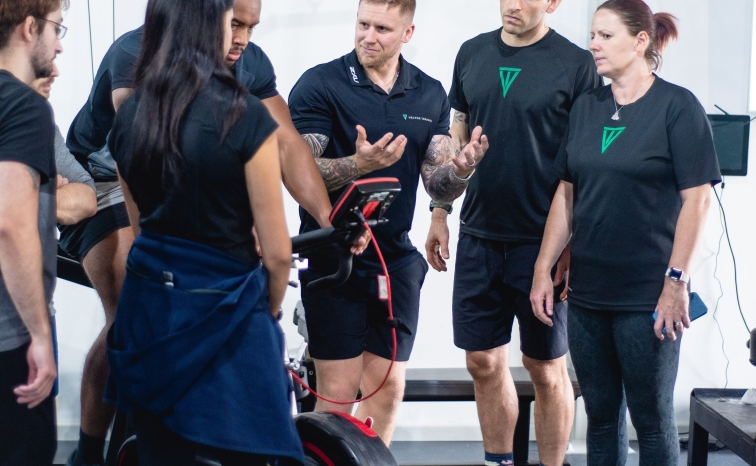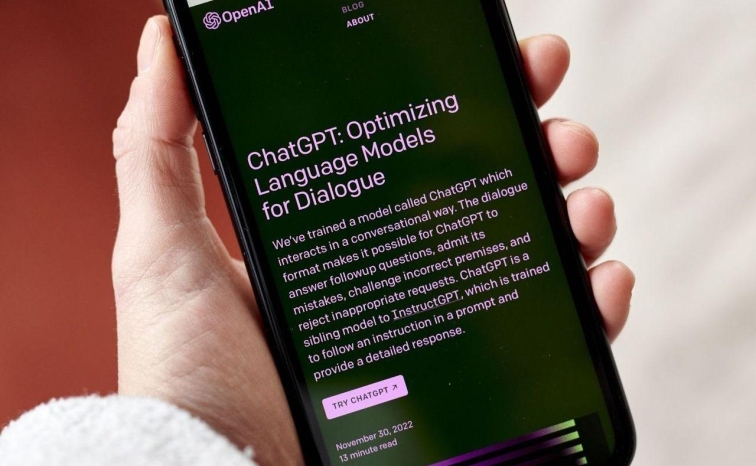In today's ever evolving fitness industry, artificial intelligence (AI) can revolutionise the way fitness businesses operate and thrive. From personalised workout plans and virtual trainers to data-driven analytics and customer engagement, this blog explores the transformative potential of AI in empowering fitness businesses to achieve sustainable growth. In this blog post you’ll discover how you can use AI to grow and develop your business.
1. Create social media content
Those who work in the fitness industry have become accustomed to the fact that in this day and age a big part of the job is social media. The same goes for many self-employed/small businesses.
One of the biggest complaints that we hear from fitness professionals is coming up with content for social media. That’s where AI such as ChatGPT comes in handy. This tool can offer inspiration for content ideas, whether that’s video and photography inspiration or even captions for your posts. If you want to use ChatGPT to conjure up inspirational content, here are some questions you could ask :
- What are the top 20 current trends in health and fitness
- Exercise workout video ideas for beginners
- Social media content ideas for fitness professionals looking to educate their audience
2. Sales scripts
It might not be something that you’ve ever considered, but sales scripts can be extremely useful, it’s another way of automating your business. A well-crafted sales script is vital to effectively communicate your value, highlight your expertise and convert potential clients. A compelling script increases the likelihood of attracting and retaining clients in what is a hugely competitive industry.
You can give ChatGPT as much or as little information as possible to generate a sales script. Now, this isn’t going to be perfect and you’ll certainly have to make adjustments to make it more personal to your business, but it can make a great framework. Use this whenever you’re trying to sell to a potential client.
3. Blog post inspiration and grammar
Another popular way of using AI is to create blog posts and articles for your website. Blog posts are still a great way to engage and educate current and prospective clients and draw more traffic to your website. In a similar way to social media content, you can use AI to generate ideas for blog posts, as well as giving you an outline of the topic you’re writing about so that you have a plan to work from.
AI is also useful for any blog posts that you’ve already written. You can use the software to check the grammar of your work and make sure that the sentences flow well. ChatGPT will correct any spelling and punctuation areas and make suggestions for your work where necessary.
Be aware: Remember, AI should be used to aid your writing and not used to write complete blog posts. Although it might be tempting to use the software to write a whole post, it is a computer at the end of the day and won’t sound personable. Using ChatGPT to write whole posts will leave your articles sounding robotic and you’ll lose your tone of voice which makes your work stand out from the rest.
4. Meal plan inspiration
Nutrition will always remain a hot topic with the general population, with most people looking for recommendations to improve their diet. You can use ChatGPT to generate meal plan inspiration to give to your clients if they need. When we asked AI to generate a 2500 kcal meal plan for a female looking to build muscle, this was the answer:
Meal 1 (Breakfast):
- 2 large eggs scrambled with 1 cup of spinach and 1/4 cup of diced bell peppers
- 2 slices of whole-grain toast topped with 2 tablespoons of almond butter
- 1 medium-sized banana
- 1 cup of unsweetened almond milk
Meal 2 (Snack):
- 1 small apple
- 1 ounce of mixed nuts (such as almonds, walnuts, and cashews)
- 1 cup of Greek yoghourt
Meal 3 (Lunch):
- 4 ounces of grilled chicken breast
- 1 cup of cooked quinoa
- 1 cup of steamed broccoli
- 1/4 avocado, sliced
- 1 tablespoon of olive oil and lemon dressing
Meal 4 (Pre-workout Snack):
- 1 scoop of whey protein powder mixed with water or almond milk
- 1 small banana
- 1 tablespoon of almond butter
Meal 5 (Post-workout):
- 6 ounces of baked salmon
- 1 cup of roasted sweet potatoes
- 1 cup of roasted Brussels sprouts
- 1 tablespoon of olive oil
- 1 cup of mixed greens with cherry tomatoes and balsamic vinaigrette
Meal 6 (Dinner):
- 5 ounces of grilled lean beef (such as sirloin or tenderloin)
- 1 cup of cooked brown rice
- 1 cup of steamed asparagus
- 1/4 avocado, sliced
Meal 7 (Evening Snack):
- 1 cup of cottage cheese
- 1 cup of mixed berries (such as strawberries, blueberries, and raspberries)
- 1 tablespoon of chia seeds
As you can see, this is a well balanced meal plan with plenty of nutrient dense foods. There is also the option to include specific dietary requirements for those who need it. But remember, this is just a guideline and a computer cannot generate a tailor made meal plan for every individual. If someone is seeking specific nutritional advice they should consult a specialist nutritionist or dietician.
5. Email marketing campaigns
As a fitness professional, it’s important to be able to capture your audience through several different streams and platforms. This is why many also include email campaigns as part of their marketing strategy. This can come in the form of lead generation or simply to keep people up to date with the latest news and events in your business.
ChatGPT can be used to generate ideas for an email marketing campaign and create a structure for an email sequence.
The list of ways that AI can help your fitness business is already pretty long, but it’s going to get longer. As AI develops and you continue to learn about its potential, the more you can use it as part of developing your business for the long-term.

